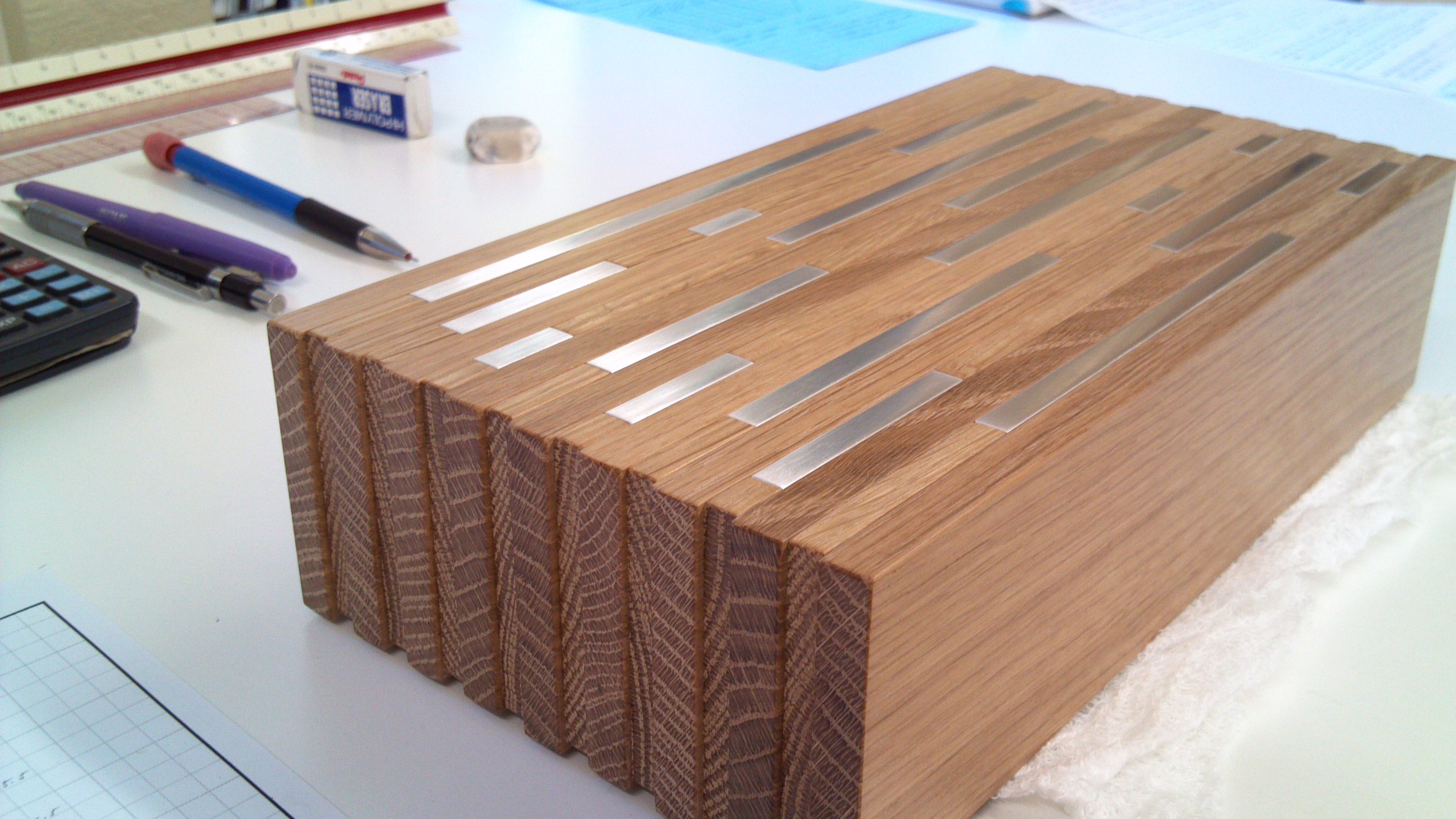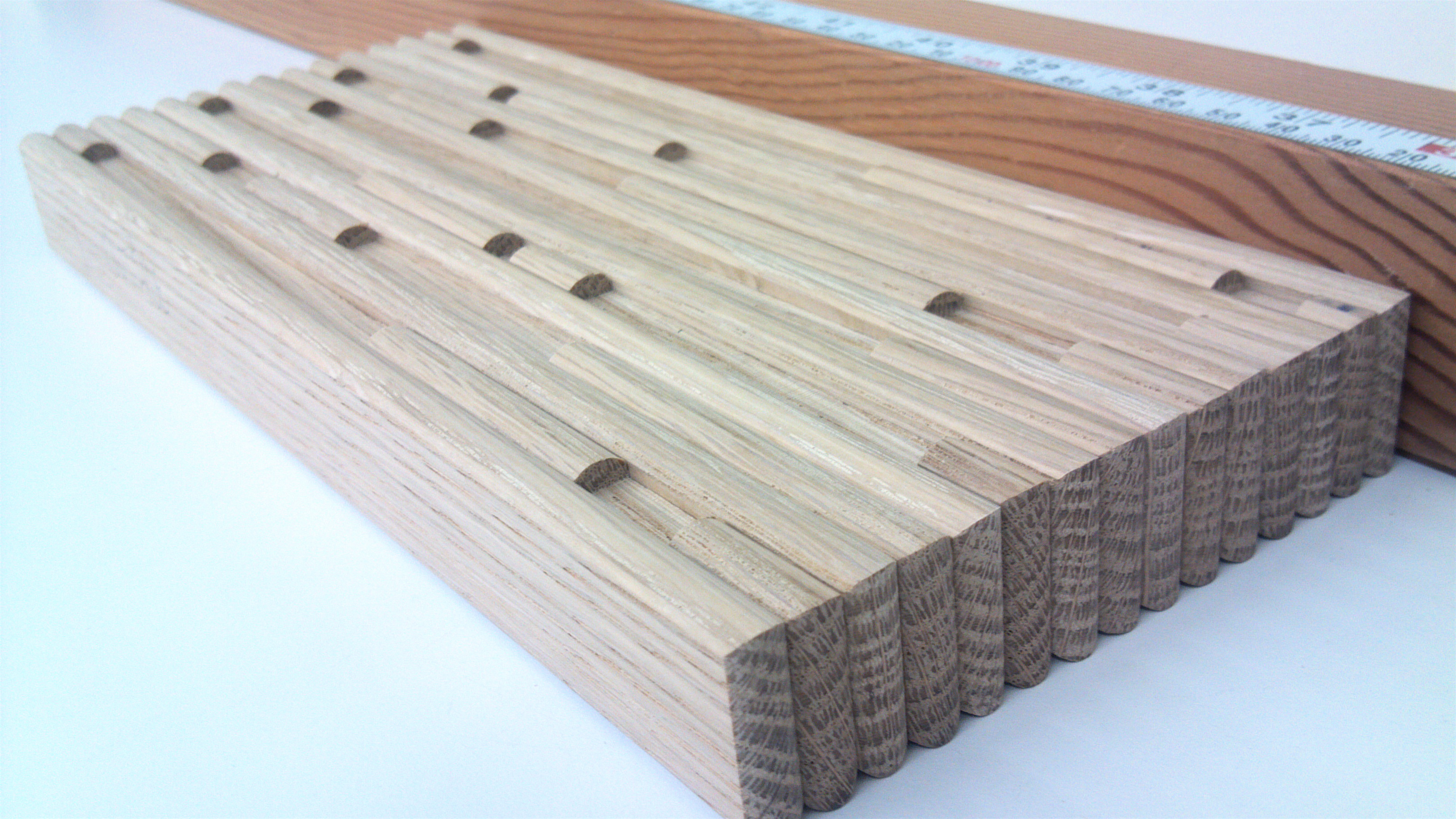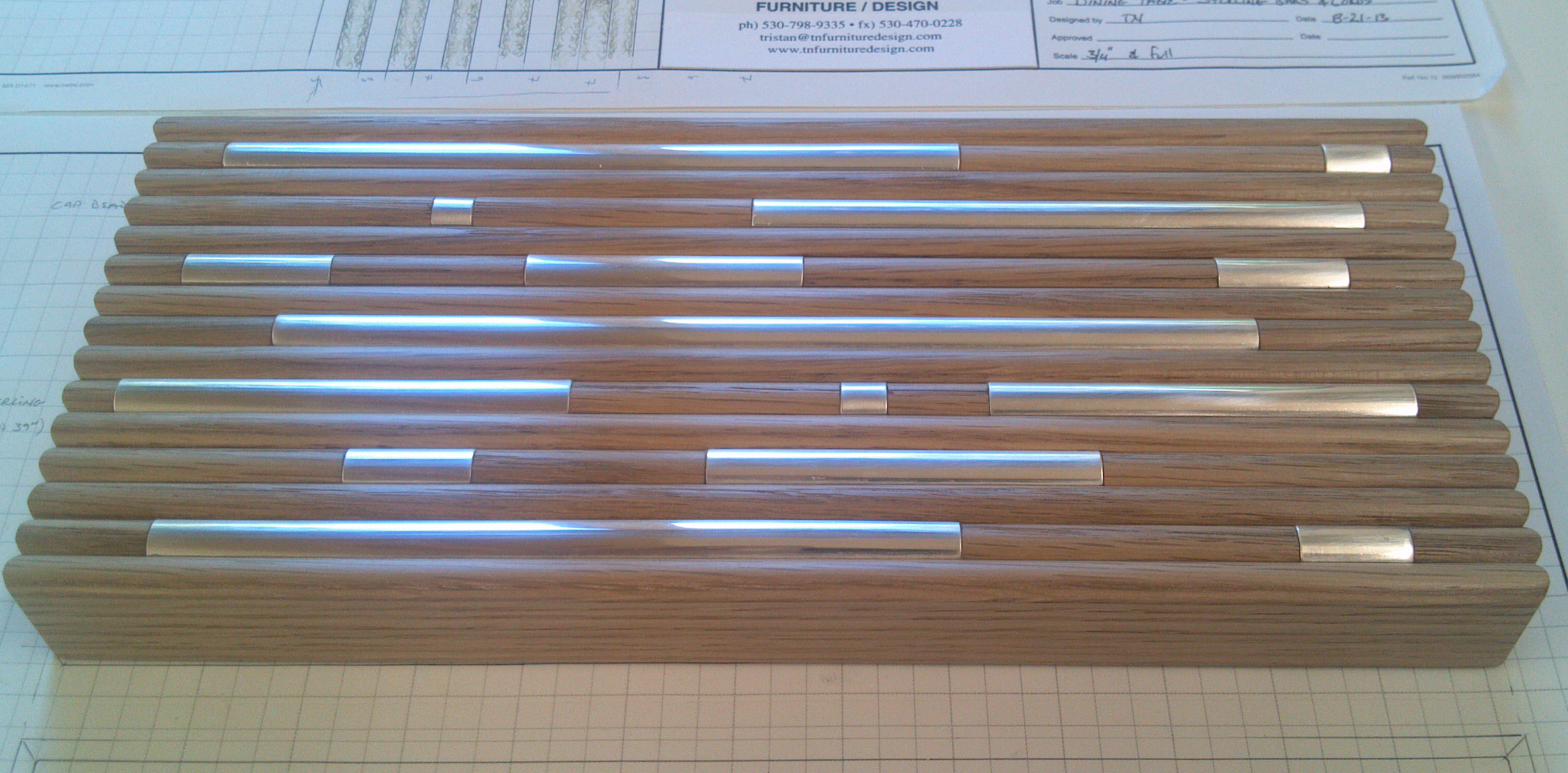Tristan - I did not mean to insinuate that you did not know what you are doing or that were misguided in any way. I apologize if I made you feel that way. I am a bit strident in my observations. Some recent posts have centered on the seeming inevitability of wood 'warping', and for someone like me, that has made a living out of betting that wood will not move unpredictably, that is a bit scary, and worthy of defense.
Solid wood is just solid wood, as I see it. You cannot ignore the movement issues - and you are not. If the top is a flat sawn edge of laminates or a flat sawn face of thicker boards, or a q-sawn edge of laminates or a q-swan face of thicker boards; all make no difference - it will all move in concert. The length will not change, the thickness may change a bit and the width will change a bit more - all can easily be predicted and accounted for.
The unwanted cupping or crowning can only come from moisture on one face penetrating more than on the other. A reasonably stable environment and a decent finish will eliminate that problem simply enough. It is the change of MC from one point to another that causes the movement, and can cause problems. If absorption (or the opposite) is uneven from one face to the other, and is of enough difference to matter, then cupping will result.
I think the solid wood is the desired way to build - a more honest presentation of a natural material. The torsion box will have its advantages (weight), but is an inherently false (proper word?) type of construction, if you know what I mean.
The applied solid wood pieces on one side of the torsion box would need equal size/species/ cut pieces on the opposite side to keep it balanced. To prevent cupping or crowning. At that thickness, it is thought that 'veneer' starts to behave more like solid wood - move - and that would cause problems since the torsion box will restrict movement.
I have built several large solid tables as well as veneered tables. They each had their own reasons for choosing one method over another. I also have made many large island and countertops - some as large a 4" x 60" x 14'. These are always solid wood, as the evolution of the kitchen worksurface historically has been of solid wood. Honesty in materials, perhaps.
I have seen some 1/4" thick solid 'veneer' try to behave like wood - puckered joints, and cracks on glue lines - so I now stay well under that thickness for stable construction (to a stable substrate).
I think your construction is well thought out and will work just fine the way you have it. The largest problem is that of glue squeezeout on the face, and that can be masked or dealt with a number of ways.


